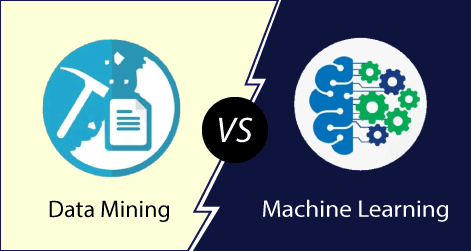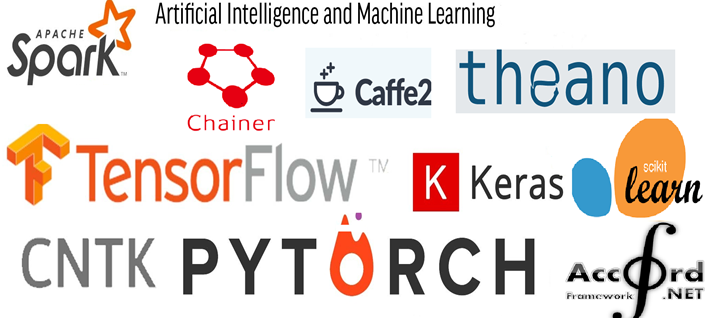
Technology and art are two of the key ingredients to successful games. They must meet tight production deadlines, high performance standards, and challenge player expectations. Game AI Pro is a comprehensive guide to the art and science behind game AI. This book includes 54 top-notch expert's tricks and techniques. This book contains valuable information for game designers, developers, and engineers. It is important that a game can successfully combine science and art of AI. It contains innovative techniques and cutting-edge concepts to help you build an AI that can match the best.
Plan interruptions in game ai pro
AI planning may be stopped if it's not applicable to the game. Continuation rules are a set defining the conditions for a plan's continued existence. Each condition contains a single continue task that lets the planner know that further planning is not necessary and the current plan is more appropriate. This strategy can be helpful in areas where specific information is required to make tactical choices.

Depth-first search in game ai pro
The iterative deepening depth-first search is a hybrid algorithm that combines BFS and DFS. The algorithm scans many squares at a time until it finds the optimal neighbouring square each time. This method is very useful for game AI, as it reduces squares to be examined and improves game performance at complex levels. There are however some limitations.
Utility-based search in game ai pro
There are two main ways to plan game AI: utility-based and Monte Carlo Tree Search. Both require some type of search and consideration for many future scenarios. The utility-based search algorithm is relatively fast and can make a decision based on the current state of the game. The latter is computationally complex and takes a long while to complete. In many cases, both architectures can be combined. In one game, the utility system handles high-level strategical decisions while Monte Carlo Tree Search handles deeper tactical situations.
Reactive vs. reactive approaches in game ai pro
Both proactive and passive approaches to game-based AI have their own pros and weaknesses. There are two types to reactive systems: patrol and attack. Both methods work equally well for game AI. But reacting to changes is more effective than monitoring. This article looks at the pros and cons of each type. You can also find out which type is better for your game. It all comes down to how you put it into practice.
Reactivity and reactivity in the game aipro
The debate between reactivity and reactivity in AI pro has been ongoing for a long time. One approach might work in all situations, but others might need to be more scripted. Regardless of your preference, this debate has an impact on your game. Here are three reasons. Gaming AI gives you the ability to react and exercise authorial control.

Game ai pro uses heuristics
Table I lists the average win-rates for heuristics. These can be divided into negative and positive variants. Positive variants have a higher average win-rate, and are therefore ideal candidates for "default" heuristics in new games with zero domain knowledge. Negative weighted heuristics have lower average win-rates, but they still show high performance in some games. These heuristics are worth keeping in your general game heuristics portfolio.
FAQ
What are the benefits from AI?
Artificial Intelligence, a rapidly developing technology, could transform the way we live our lives. It is revolutionizing healthcare, finance, and other industries. It's expected to have profound impacts on all aspects of education and government services by 2025.
AI is being used already to solve problems in the areas of medicine, transportation, energy security, manufacturing, and transport. There are many applications that AI can be used to solve problems in medicine, transportation, energy, security and manufacturing.
What is the secret to its uniqueness? It learns. Computers can learn, and they don't need any training. Instead of learning, computers simply look at the world and then use those skills to solve problems.
AI's ability to learn quickly sets it apart from traditional software. Computers can scan millions of pages per second. Computers can instantly translate languages and recognize faces.
Because AI doesn't need human intervention, it can perform tasks faster than humans. It can even surpass us in certain situations.
Researchers created the chatbot Eugene Goostman in 2017. It fooled many people into believing it was Vladimir Putin.
This is proof that AI can be very persuasive. AI's adaptability is another advantage. It can be trained to perform new tasks easily and efficiently.
Businesses don't need to spend large amounts on expensive IT infrastructure, or hire large numbers employees.
How does AI work?
An algorithm is a sequence of instructions that instructs a computer to solve a problem. An algorithm can be described as a sequence of steps. Each step has a condition that dictates when it should be executed. A computer executes each instruction sequentially until all conditions are met. This is repeated until the final result can be achieved.
Let's suppose, for example that you want to find the square roots of 5. It is possible to write down every number between 1-10, calculate the square root for each and then take the average. This is not practical so you can instead write the following formula:
sqrt(x) x^0.5
You will need to square the input and divide it by 2 before multiplying by 0.5.
The same principle is followed by a computer. The computer takes your input and squares it. Next, it multiplies it by 2, multiplies it by 0.5, adds 1, subtracts 1 and finally outputs the answer.
Is AI possible with any other technology?
Yes, but not yet. Many technologies have been developed to solve specific problems. None of these technologies can match the speed and accuracy of AI.
Who created AI?
Alan Turing
Turing was born in 1912. His father, a clergyman, was his mother, a nurse. After being rejected by Cambridge University, he was a brilliant student of mathematics. However, he became depressed. He took up chess and won several tournaments. After World War II, he worked in Britain's top-secret code-breaking center Bletchley Park where he cracked German codes.
He died on April 5, 1954.
John McCarthy
McCarthy was born 1928. Before joining MIT, he studied mathematics at Princeton University. There he developed the LISP programming language. He had laid the foundations to modern AI by 1957.
He died in 2011.
How does AI affect the workplace?
It will revolutionize the way we work. It will allow us to automate repetitive tasks and allow employees to concentrate on higher-value activities.
It will help improve customer service as well as assist businesses in delivering better products.
It will enable us to forecast future trends and identify opportunities.
It will enable companies to gain a competitive disadvantage over their competitors.
Companies that fail to adopt AI will fall behind.
What is AI and why is it important?
According to estimates, the number of connected devices will reach trillions within 30 years. These devices will cover everything from fridges to cars. The Internet of Things (IoT) is the combination of billions of devices with the internet. IoT devices and the internet will communicate with one another, sharing information. They will also be able to make decisions on their own. For example, a fridge might decide whether to order more milk based on past consumption patterns.
It is predicted that by 2025 there will be 50 billion IoT devices. This is a tremendous opportunity for businesses. This presents a huge opportunity for businesses, but it also raises security and privacy concerns.
Statistics
- By using BrainBox AI, commercial buildings can reduce total energy costs by 25% and improves occupant comfort by 60%. (analyticsinsight.net)
- Additionally, keeping in mind the current crisis, the AI is designed in a manner where it reduces the carbon footprint by 20-40%. (analyticsinsight.net)
- While all of it is still what seems like a far way off, the future of this technology presents a Catch-22, able to solve the world's problems and likely to power all the A.I. systems on earth, but also incredibly dangerous in the wrong hands. (forbes.com)
- That's as many of us that have been in that AI space would say, it's about 70 or 80 percent of the work. (finra.org)
- A 2021 Pew Research survey revealed that 37 percent of respondents who are more concerned than excited about AI had concerns including job loss, privacy, and AI's potential to “surpass human skills.” (builtin.com)
External Links
How To
How to make Alexa talk while charging
Alexa, Amazon's virtual assistant can answer questions and provide information. It can also play music, control smart home devices, and even control them. You can even have Alexa hear you in bed, without ever having to pick your phone up!
You can ask Alexa anything. Just say "Alexa", followed by a question. You'll get clear and understandable responses from Alexa in real time. Plus, Alexa will learn over time and become smarter, so you can ask her new questions and get different answers every time.
You can also control lights, thermostats or locks from other connected devices.
Alexa can adjust the temperature or turn off the lights.
Setting up Alexa to Talk While Charging
-
Step 1. Turn on Alexa Device.
-
Open the Alexa App and tap the Menu icon (). Tap Settings.
-
Tap Advanced settings.
-
Select Speech Recognition
-
Select Yes, always listen.
-
Select Yes, wake word only.
-
Select Yes, and use the microphone.
-
Select No, do not use a mic.
-
Step 2. Set Up Your Voice Profile.
-
Enter a name for your voice account and write a description.
-
Step 3. Test Your Setup.
Say "Alexa" followed by a command.
You can use this example to show your appreciation: "Alexa! Good morning!"
If Alexa understands your request, she will reply. For example, "Good morning John Smith."
If Alexa doesn't understand your request, she won't respond.
After these modifications are made, you can restart the device if required.
Notice: If you modify the speech recognition languages, you might need to restart the device.